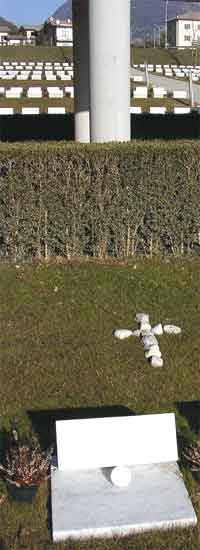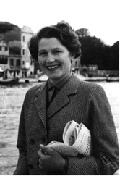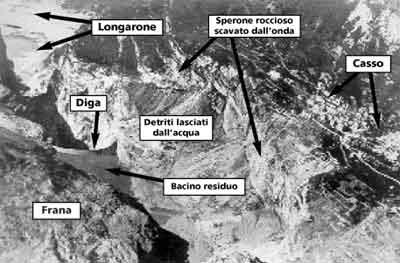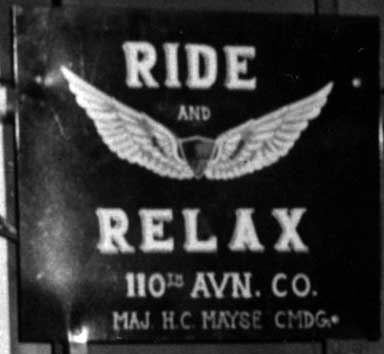The law allowed therefore fruitful business but this was not enough, some turned to foul play to take part to the "banquet". Judges, town directors, corrupted technicians lined up to receive financings and other "gifts" foreseen by the law. In 1980, in Pordenone, a trial saw 14 persons indicted for corruption, falsehood and fraud.
Among them was Aldo Romanet, an accountant from Pordenone among the last to see Calvi before he left the country. The post Vajont history is not free from tales of missing funds, at-the-time billions, gathered through the solidarity of Italians and donors from the world over. For money collected successfully and duly accounted (for instance the one started by the newspaper "Il Corriere della Sera"), there are others of which all traces have been lost. No survivor ever saw one Lira of the money gathered for them by the RAI [ ] (ITL 627 million [
] (ITL 627 million [ ] at the time, equivalent to approx. 14 million Euros of today).
] at the time, equivalent to approx. 14 million Euros of today).
Another business also concerned orphaned children who were amazingly easily given in custody to persons whose sole purpose was to rob them of the reimbursements to which they were entitled for the loss of their parents and their homes.
And then there are the stories of never recovered dead that were never looked for by the various town administration that succeeded one another in the last almost 4 decades. For the last reimbursement paid in 2000 to Longarone for ITL 77 billion [ ] at the time, equivalent to approx. 14 million Euros of today), no one ever moved to fulfill the wish of the survivors, to retrieve the 451 persons that were still reported missing, in the bed of the Maè creek, or were the bodies of the 158 victims from Erto Casso should be resting, (and where in full bad taste and despise for the memory a salami plant was lately founded) was never dug.
] at the time, equivalent to approx. 14 million Euros of today), no one ever moved to fulfill the wish of the survivors, to retrieve the 451 persons that were still reported missing, in the bed of the Maè creek, or were the bodies of the 158 victims from Erto Casso should be resting, (and where in full bad taste and despise for the memory a salami plant was lately founded) was never dug. Who lost relatives and friends, swept away by that deadly wave in a full moon lite night on the 9th of October 1963 still awaits justice, but when justice arrives too late it can never be just. The only thing that can be done now for them, is at least listen to their stories, striving with them to give dignity to their dead.
Who lost relatives and friends, swept away by that deadly wave in a full moon lite night on the 9th of October 1963 still awaits justice, but when justice arrives too late it can never be just. The only thing that can be done now for them, is at least listen to their stories, striving with them to give dignity to their dead.
During the restructuring of the Fortogna cemetery, the Major of Longarone told one of his relatives that he intended to place flowers on the new tombs of his parents - anonymous badly cut marble headstones without the date of the tragedy - saying that "these are not your dead anymore, they are the victims of Longarone".
This is the last act; the theft of the dead from their families.
Some relatives stopped visiting the cemetery, some started a small revolution taking white stones in various places; where his house stood, at the venue of the landslide, along the Maè creek or the river Piave and built a cross. Who knows if someone will want to remove it since it disturbs the Teutonic order by which the cemetery lost his soul.
One tombstone found in the old cemetery used to read: "Barbarically and cowardly slaughtered by man's light-mindedness and greed, still await vain justice for the infamous deed. Premeditated manslaughter".The man that wanted such a tombstone was Luigino, husband of Giovanna and father of Gianni, Maurizio and Roberto, relatively seven, six and four years old, all dead. And him, the only survivor, interviewed by the public prosecutor that wanted him to remove it. Without fear he stated "Who touches it is a dead man... This tombstone must stand here forever!"
Luigino died after 60 years due to a cancer; his tombstone, removed from the new cemetery, is now part of those uncomfortable memories that have been removed.
The Major Mr Pierluigi De Cesero, 37, said he wants to place them somewhere in another part of the cemetery along with the others but cemetery was completed years ago and there is no trace of them. Maybe place far enough for them has not yet been found. A place to hide the shame that was, that IS forever, the Vajont.
Please sign the PETITION
What took place and still takes place at the Vajont repeats itself every time there are victims that have been left alone, all over the world, after an earthquake, a flood, a tidal wave. It is right to get moved by a tragedy but is also right to remember and to keep following through the entire story: months, years and even decades after that. Subscribing the public petition is a way to support not only the survivors, but also justice.
Because in democracy, we all are in-volved.
Please, subscribe and/or comment the petition HERE: http://www.petitiononline.com/vajont05/
(NOTE: the project *ended* in 2007, June. But this endorsement goes ON indefinitely on THE WEB!)
[  MANY OTHER english pages..... HERE on www.vajont.info!! ]
MANY OTHER english pages..... HERE on www.vajont.info!! ]
[ italian pages]
italian pages]- Informations: ../scuse/indice.html
- Longarone's Vajont Survivors Committee website: http://www.sopravvissutivajont.org
Report online (dossier 2003, by war reporter L. Vastano): ../vastano/indice.html
Other resources/updates (italian): my ...BANNED site (banned & sued, 'naturly', by local mafia/administration - acting since december, 1964 - of Longarone)


 Who lost relatives and friends, swept away by that deadly wave in a full moon lite night on the 9th of October 1963 still awaits justice, but when justice arrives too late it can never be just. The only thing that can be done now for them, is at least listen to their stories, striving with them to give dignity to their dead.
Who lost relatives and friends, swept away by that deadly wave in a full moon lite night on the 9th of October 1963 still awaits justice, but when justice arrives too late it can never be just. The only thing that can be done now for them, is at least listen to their stories, striving with them to give dignity to their dead.
